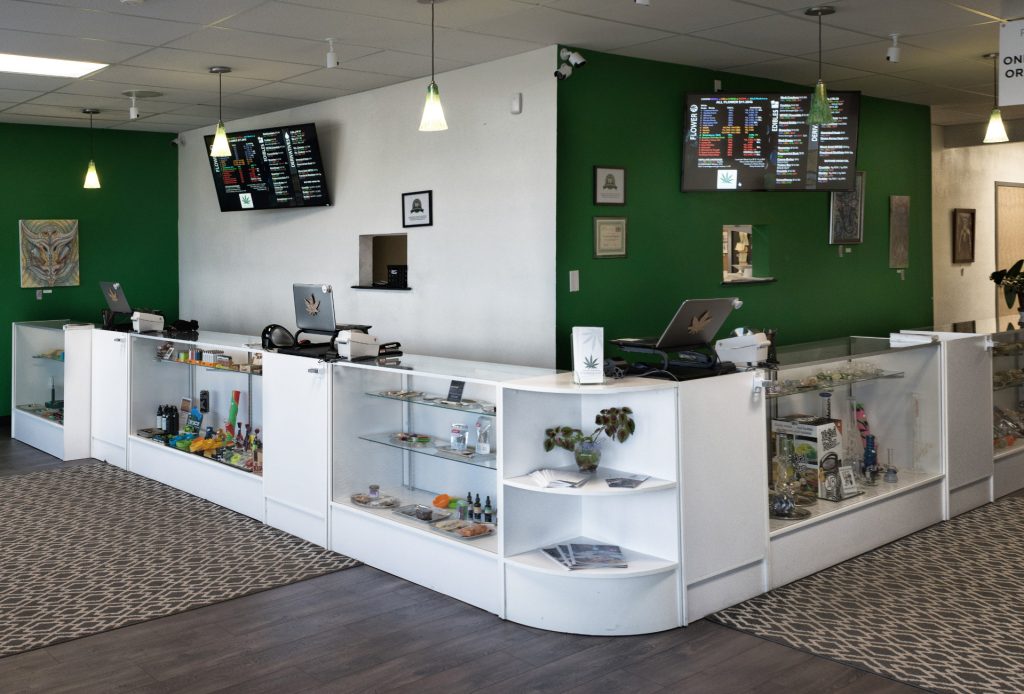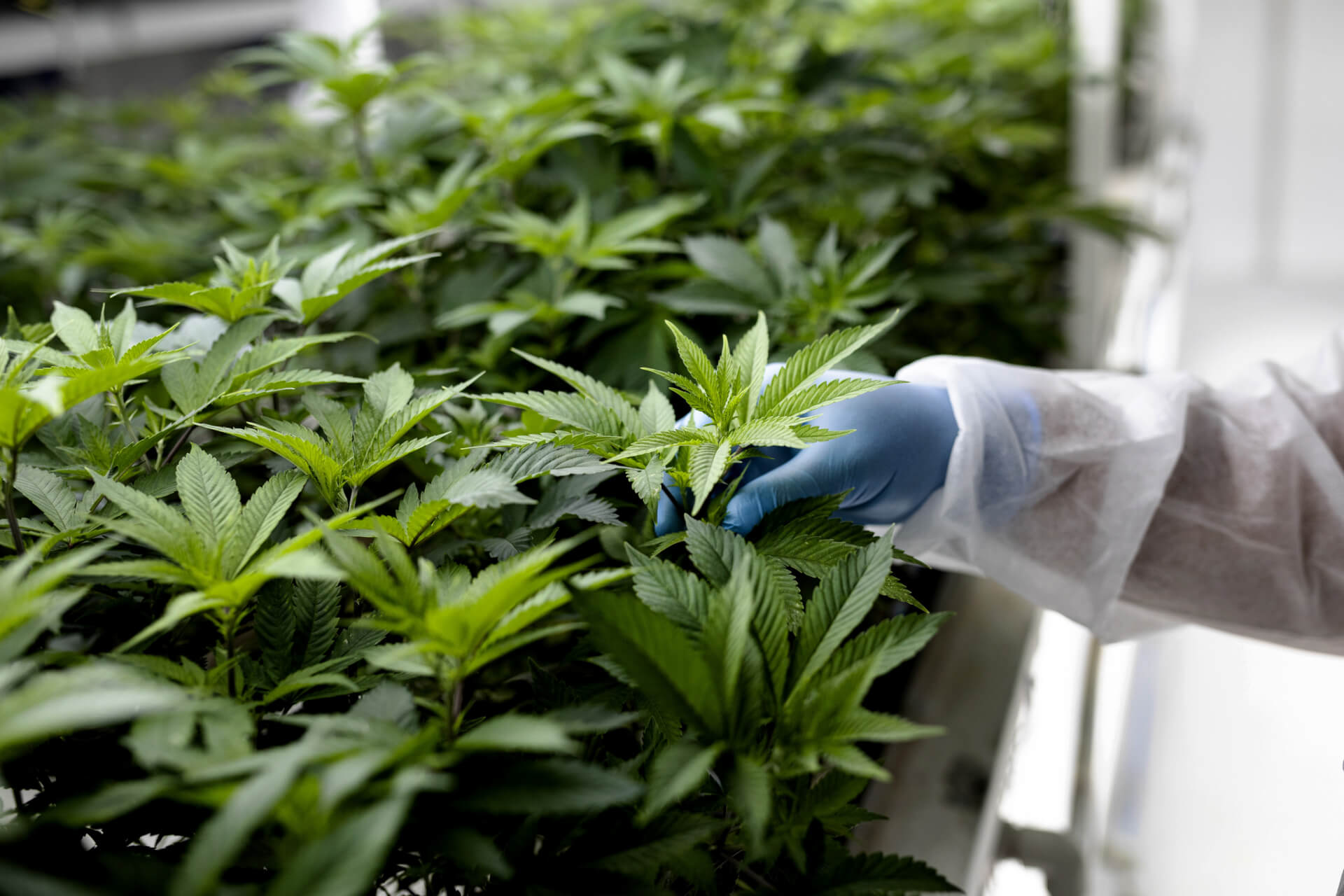The relationship between cannabis and creativity has long been a subject of intrigue and exploration. Many artists, musicians, writers, and creators have attested to the plant’s ability to enhance their imaginative processes, leading to the popular notion that cannabis can unlock artistic potential.
Cannabis has been associated with altered states of consciousness that can lead to heightened sensory experiences and novel thought patterns. For some individuals, these altered states may translate into increased creativity and a unique perspective on their artistic endeavors.
The effects of cannabis on creativity are often subjective and vary from person to person. Some users report enhanced focus, increased openness to new ideas, and a greater ability to think outside conventional boundaries. Others describe a sense of relaxation and a reduction in inhibitions, allowing for more fluid and uninhibited creative expression.
The link between cannabis and creativity can be traced back to the plant’s impact on the brain. THC, the psychoactive compound in cannabis, interacts with the endocannabinoid system and influences various cognitive functions. This interaction may lead to a release of dopamine, commonly associated with reward and pleasure, contributing to the positive feelings often associated with creative pursuits.
While many individuals claim that cannabis enhances their creative process, it’s essential to recognize that the relationship is nuanced. Not everyone experiences a positive impact on creativity, and excessive use may even hinder cognitive functions and motivation for some individuals.
Moreover, the legality of cannabis and its societal perception play a role in shaping how individuals approach its use in creative settings. As cannabis becomes more widely accepted and legalized in various places, artists may feel more comfortable exploring its potential role in their creative process.
As with any substance, moderation and responsible use are key considerations. Some artists find that cannabis serves as a tool for inspiration, while others may prefer to create in a sober state. Ultimately, the impact of cannabis on creativity is a highly individual experience, and artists should be mindful of their own responses and preferences.
In conclusion, “Cannabis and Creativity: Unlocking Artistic Potential” explores the intricate relationship between cannabis use and the creative process. While anecdotal evidence suggests a positive link for some individuals, the subjective nature of creativity and the varied effects of cannabis underscore the importance of responsible use and self-awareness in exploring the intersection of cannabis and artistic expression.




